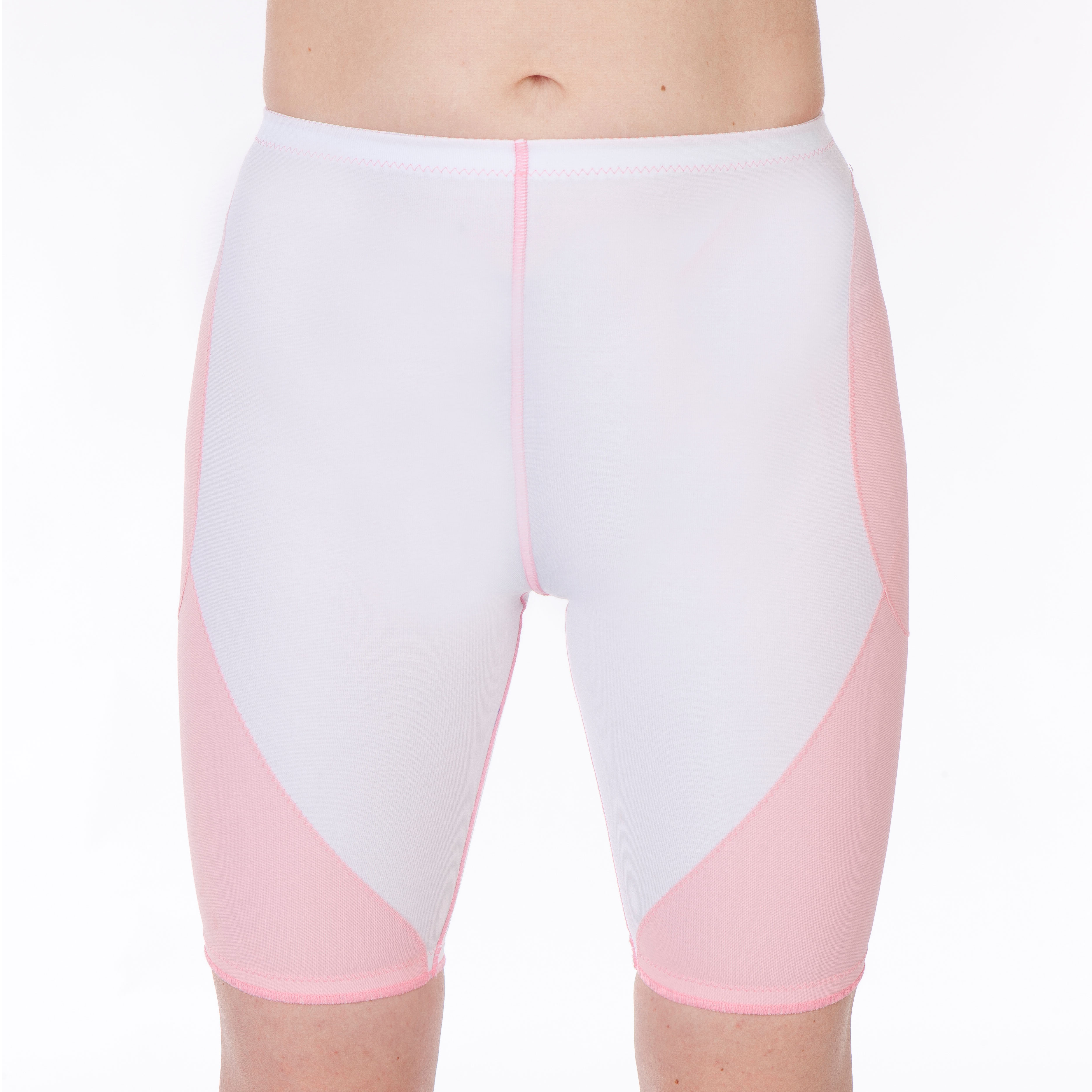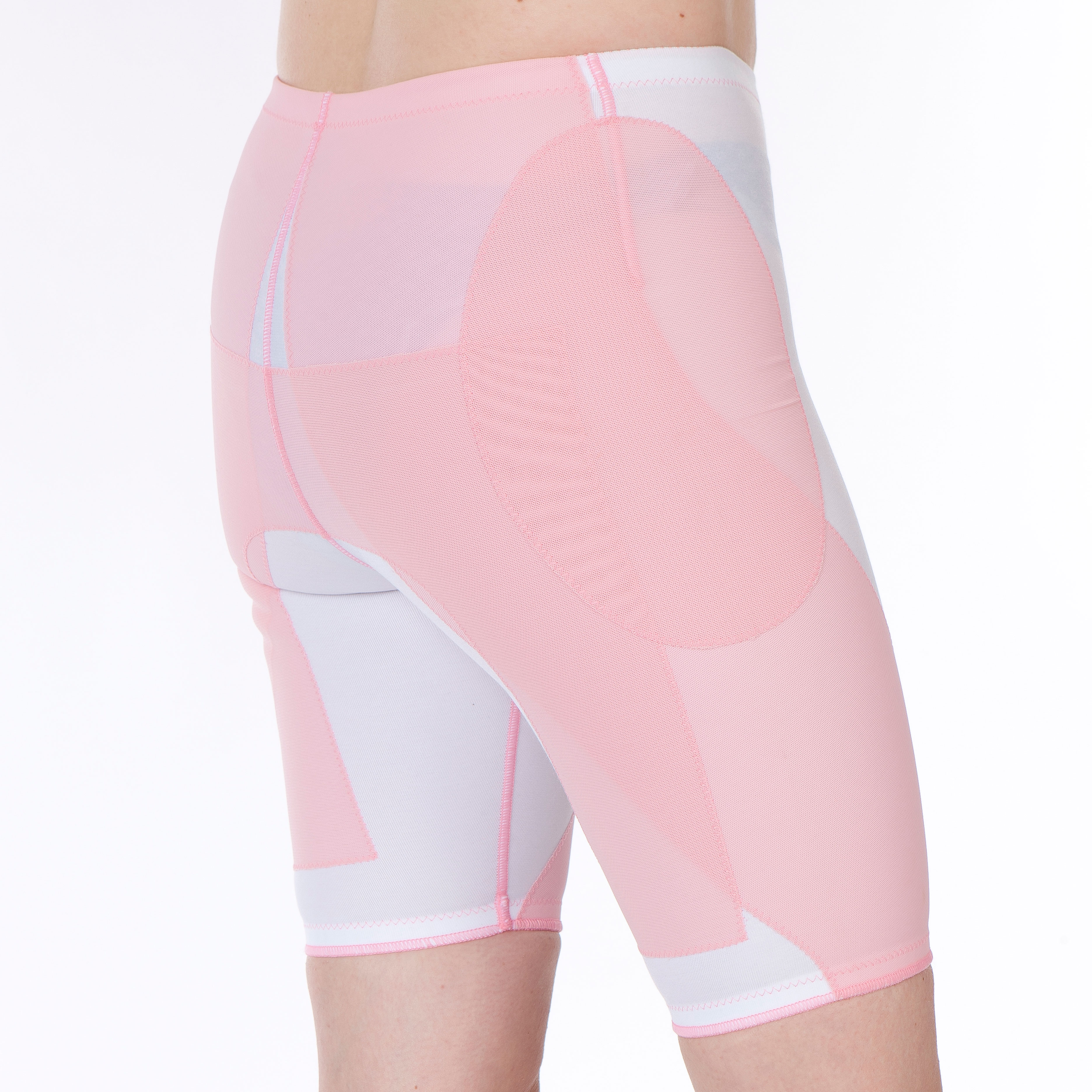 Comprising a group of inherited conditions, Ehlers-Danlos syndromes (EDS) occur when the body cannot properly produce collagen to form connective tissues. These tissues are found all over the body, providing crucial support to the bones, internal organs, blood vessels, ligaments, tendons and skin.
Comprising a group of inherited conditions, Ehlers-Danlos syndromes (EDS) occur when the body cannot properly produce collagen to form connective tissues. These tissues are found all over the body, providing crucial support to the bones, internal organs, blood vessels, ligaments, tendons and skin.
 |
| SDO® Original Gauntlet in No. 10 Lavender theme |
Individuals with EDS experience a wide range of symptoms which can include issues with falling and/or staying asleep. Sleep is essential to both physical and mental health. There are numerous reasons that people with EDS can experience sleep issues, which lead to impaired function in daily life.
Perhaps the leading cause of EDS-related sleep issues is that of chronic pain. Unless a person is completely comfortable, it is difficult if not impossible to fall asleep and, quite obviously, being in pain is not conducive to that essential feeling of comfort. Even if the individual does manage to get to sleep, pain and discomfort can cause them to awaken many times during the night, interfering with the natural sleep cycle. This can leave the person feeling fatigued during the day.
The chronic fatigue often associated with EDS creates severe disruption in the patient's activity. In addition, feeling tired can exacerbate pain and discomfort that in turn further disrupts sleeping patterns, creating a vicious circle that can be extremely difficult to break.
 |
 |
 |
| SDO® Original Shorts with reinforcement panels for musculoskeletal realignment |
Individuals with EDS often have other health problems, including mast cell activation syndrome and dysautonomia (disorders affecting the autonomic nervous system) related to their condition, all of which can affect the ability to sleep properly. EDS is also associated with higher rates of mental health conditions such as ADHD and anxiety, the sleep-disrupting effects of which are well documented. In addition, a number of studies have demonstrated a link between obstructive sleep apnoea (OSA) and some types of EDS; OSA causes interruptions in breathing while the patient is asleep.
Pain management with dynamic Lycra®
Though there is no cure for EDS at the present time, the pain and discomfort associated with the condition can be managed in various ways, including by the application of deep pressure. Our groundbreaking Sensory Dynamic Orthosis (SDO®) collection of dynamic Lycra® compression garments has been shown to help reduce the incidence and severity of dislocations and subluxations in individuals with EDS, resulting in increased stability and reduction of the pain and discomfort that can inhibit proper sleep.
SDO® Original Class 1 medical garments, use a combination of high quality soft polycotton and Lycra® fabrics, a material renowned for its remarkable ability to stretch. This union of fabrics ensures that the garments are superbly comfortable to wear, permitting the natural movements of the patient and encouraging both motor learning and muscle activation. Read more about how dynamic Lycra® works here.
 Please browse our website for more information about SDO® Original dynamic compression garments. To receive more special features like this, along with lots of other news and updates, please subscribe to our monthly newsletter and follow us on Facebook, Twitter, Instagram and LinkedIn. Please do not hesitate to reach out to our dedicated and knowledgeable team if you have any questions about our products or wish to book onto one of our training courses on how to assess and prescribe dynamic Lycra®.
Please browse our website for more information about SDO® Original dynamic compression garments. To receive more special features like this, along with lots of other news and updates, please subscribe to our monthly newsletter and follow us on Facebook, Twitter, Instagram and LinkedIn. Please do not hesitate to reach out to our dedicated and knowledgeable team if you have any questions about our products or wish to book onto one of our training courses on how to assess and prescribe dynamic Lycra®.
The World of SDO® Sensory Dynamic Orthosis range of dynamic Lycra® compression garments by Medigarments Ltd. SDO® is the registered trademark of Medigarments Ltd.

